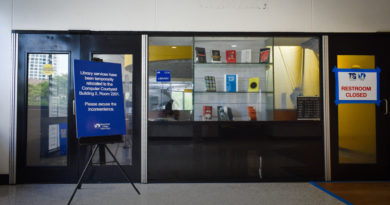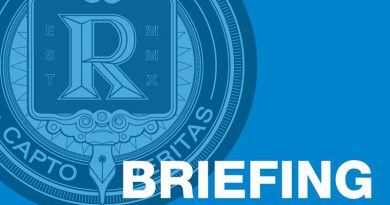MOAD To Reopen After A Year Of Renovations
Miami Dade College’s Museum of Art and Design will reopen on April 6 following a year of renovations to the Freedom Tower, which also hosts offices for Miami Book Fair and the Miami Film Festival.
Renovations created space for the Kislak Center, a permanent 2,600 square-foot exhibition that will be located on the first floor alongside the New World mural and ballroom.
The Kislak Center was donated by the Jay I. Kislak Foundation in January of 2017. The collection contains historic pieces, such as rare books and manuscripts from early America. The center will open in May.
Other renovations also included basic maintenance, and updates to the building for people with disabilities.
“Miami Dade College’s Freedom Tower reopens following a year of extensive renovations that allow us to host world-class exhibitions and better serve our public,” said Natalia Crujeiras, executive director of cultural affairs. “We are thrilled to be able to offer such diverse and extraordinary artistic experiences under one roof.”
Renovations include an Americans with Disabilities Act compliant entrance on the South side of the building, a fire safety rated exit from the exit stairs to the outside on the North side of the building, a new generator and space for the Kislak Gallery. The freight and passenger elevators will be updated after the reopening, according to Juan Mendieta, director of communications for Miami Dade College.
The museum will open with its first exhibition, By The People: Designing a Better America, which focuses on design projects across the United States that offer solutions on problems in education, transport and healthcare.
During renovations, MOAD ran the Living Together Series, which hosted films and public performances across Miami that focus on social and cultural issues.
“[The museum] reopens with a new identity, new programming and a new bold new mission inspired in our belief that contemporary art and design can have a profound effect in civic and public life and serve as catalysts of enriching, inclusive and participatory collaborations between the arts and the community,” Crujeiras said.



